smoothdata2
语法
说明
S = smoothdata2(___,Name=Value)smoothdata2(A,SmoothingFactor=0.5) 通过指定因子来调整平滑程度,该因子缩放 smoothdata2 根据 A 中的条目确定的窗大小。
示例
输入参数
名称-值参数
输出参量
详细信息
算法
当没有为平滑处理方法指定窗大小时,smoothdata2 将基于启发式算法计算默认窗大小。对于平滑处理因子 τ,启发式算法将估算其衰减量大约为输入数据能量的 100*τ% 的移动平均窗口大小。
版本历史记录
在 R2023b 中推出

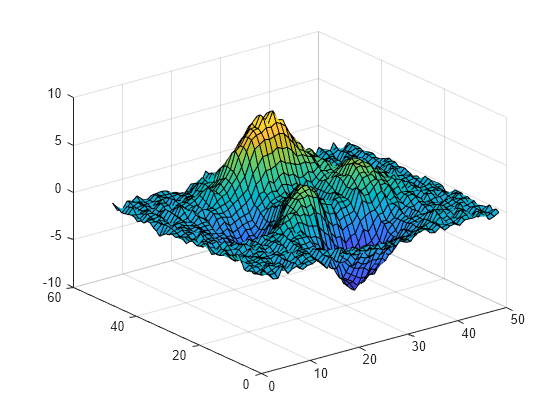

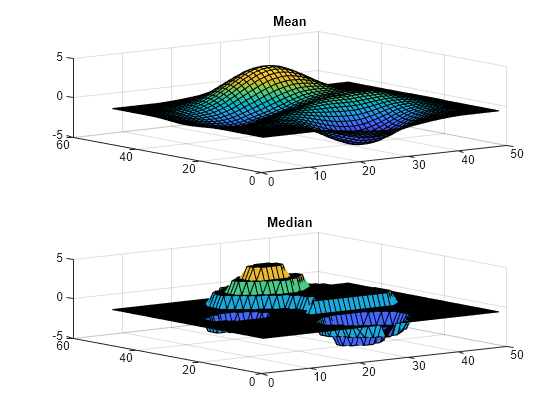
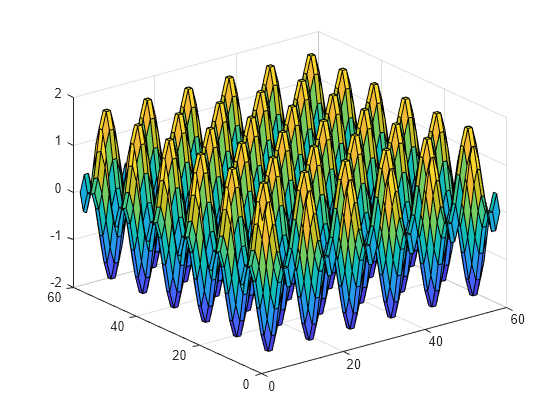
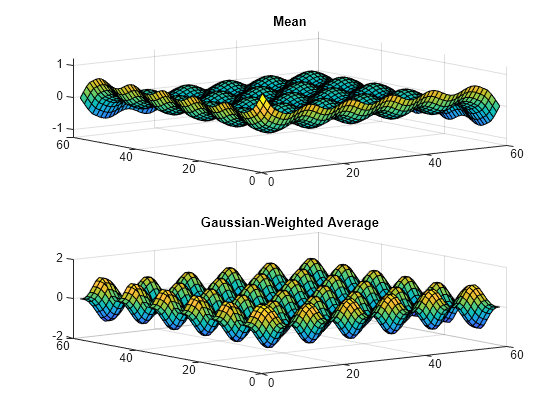
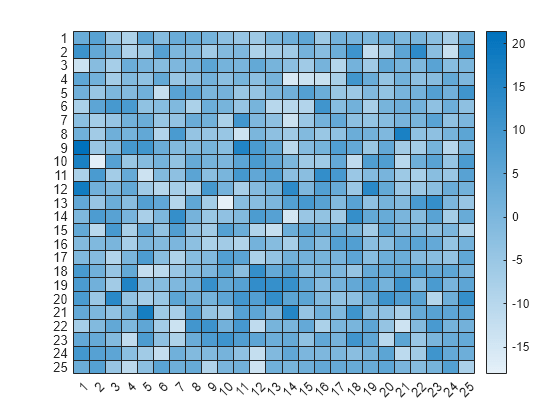

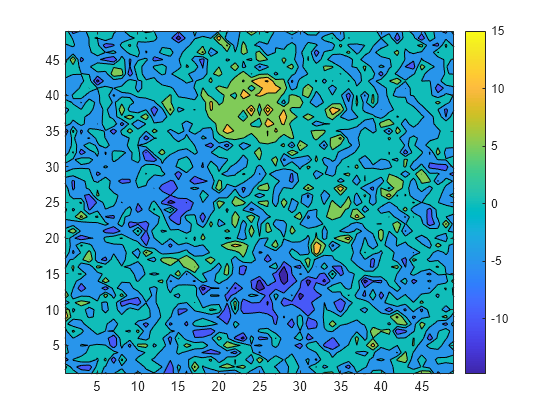
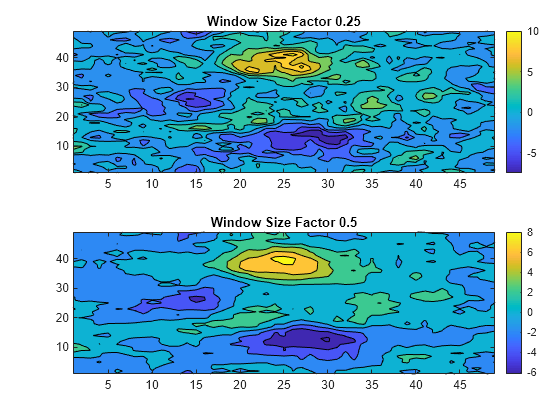
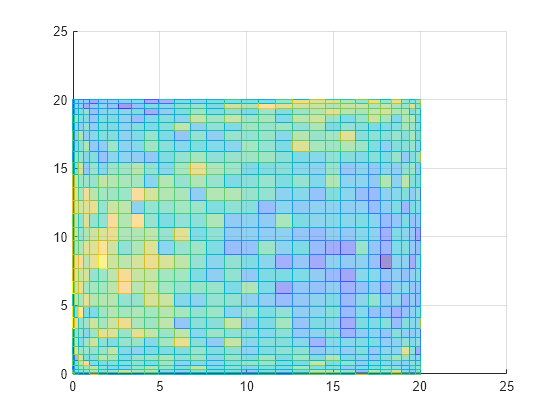



![Given elements 1 to 7, if the current sample point is 4, then the corresponding window spans the range [2, 6].](movwindow_vector.png)
![Given elements 1 to 7, if the current sample point is 2, then the corresponding window spans the range [1, 4].](movwindow_edgetruncate.png)
![Given elements 1 to 7, if the current sample point is 2, then the corresponding window spans the range [1, 5].](movwindow_edgeslide.png)